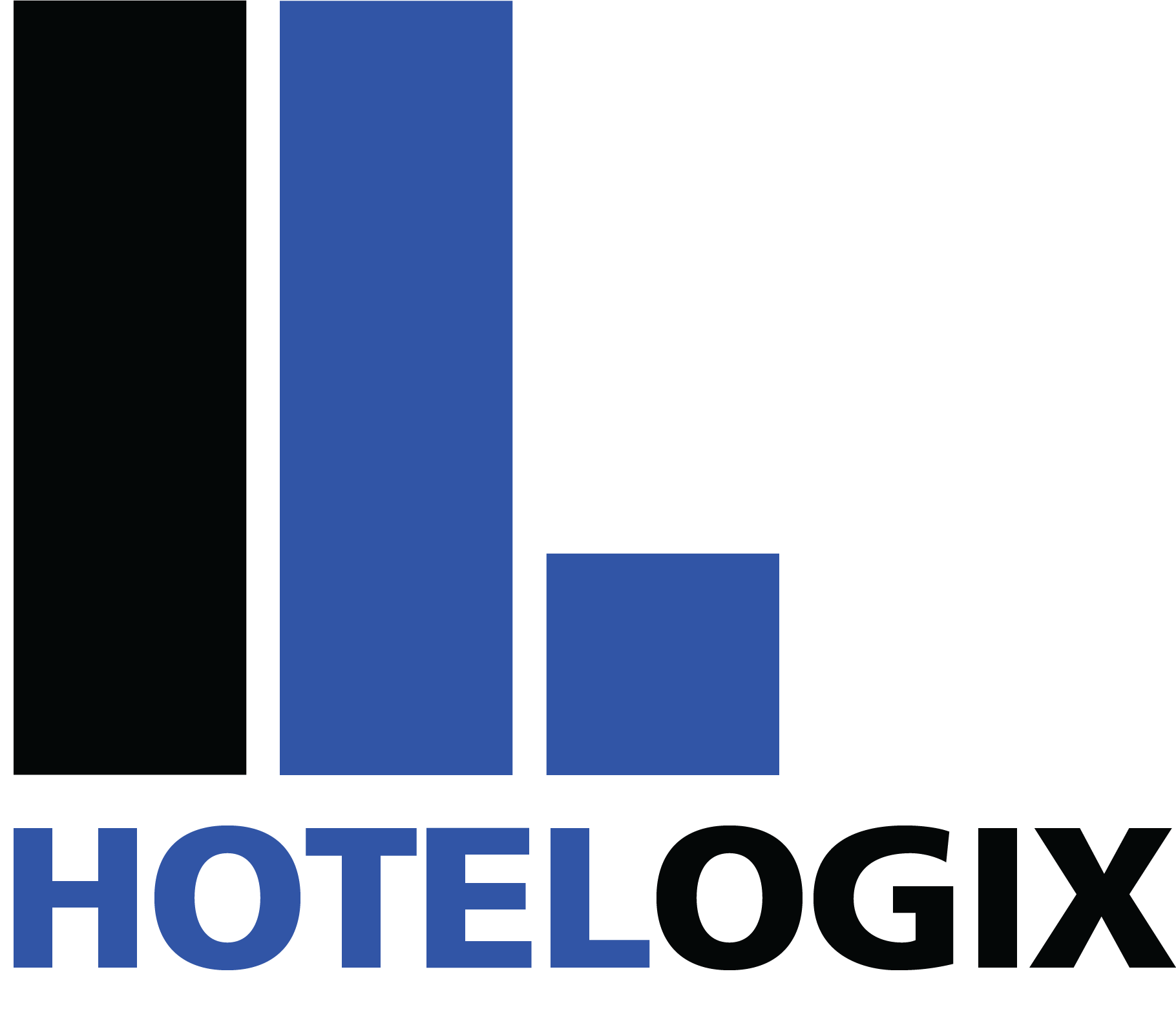Continuously developing marketing tactics should be an ongoing task in the hospitality industry. Normally, your marketing strategy creates opportunities to connect with your audience by creating content that resonates with your target market. Additionally, using the right combination of inbound and outbound marketing allows you to engage with wider audiences.
This article will examine why it’s important to have an inbound marketing strategy and an outbound marketing strategy separately. We’ll highlight the difference between inbound and outbound marketing and how the two can complement each other using integrated marketing communications.
What Is a Hotel Marketing Strategy?
A hotel marketing strategy is a plan for how a hotel will market itself to its target audience. It can be as simple as a single marketing campaign or as complex as an integrated marketing communications strategy.
The goal of any hotel marketing strategy is to increase the number of guests and revenue for the hotel.
There are many different ways that hotels can market themselves, but there are some basic principles that all successful strategies share:
- Identify your target audience
- Determine your budget
- Create a message that resonates with your target audience
- Find the right channels to reach your target audience
Hotel marketing strategies can be further divided into two primary categories.
Inbound Marketing and Outbound Marketing
- Inbound marketing strategies: These strategies focus on attracting customers to the hotel. They include SEO, social media marketing, and content marketing.
- Outbound marketing strategies: These strategies focus on getting customers to come to the hotel. They include advertising and public relations.
Inbound marketing strategies are often more effective than outbound marketing strategies because they are more cost-effective and less intrusive for the customer. These strategies include using your brand to lure the audience in and create loyalty.
However, when you find the perfect combination of the two, your marketing strategy can be taken to the next level. The following section highlights the most effective forms of each type of marketing.
Outbound Marketing Tactics for Hotels
The following ideas can be the most efficient ways of crafting an outbound marketing campaign.
1. Event Specific Packages
Certain events are a major driving force for the travel industry. Many properties miss out on the advantages of these events by failing to craft specific packages that cater to these events.
To put these packages together, pick a specific event and answer some important questions. What are individuals who attend most looking forward to? What are the most stressful parts of the event? Highlighting the answers is the beginning of creating a package that’s exclusive to these scheduled events.
For example, if a sporting event brings huge hospitality numbers, create a package that has room service breakfast on gameday with transportation to and from the game.
2. Rely On Local Partnerships
Create a list of local businesses that may benefit from a co-marketing situation. A quick search should highlight several businesses with the need for the hospitality industry. Try to reach an agreement where they recommend your hotel to their customers for a commission.
The right partnerships can grow your hotel’s package offerings as well. Advertising partnerships with local tour companies might provide your guests with discounts on certain activities.
3. Take Advantage of Group Business
When we say group business, we mean smaller parties traveling together for small to medium-sized intimate events. These are some great examples:
- Market to wedding parties planning, highlighting your property’s potential to host the reception.
- Family reunions are another great demographic that could take advantage of special promotions
Inbound Marketing Tactics for Hotels
The list below has the best examples of inbound marketing tactics for hotels.
1. Instagram
Instagram is one of the best social media platforms you can use to highlight your property and engage with your customers.
This means using your feed to craft posts that are highly targeted to different segments of your audience. Instead of promotional material, post-user-generated content with reviews from past customers. Give your guests an incentive for creating this content and give them a special hashtag to use for promotion.
Instagram Stories are critical as well, with over 500 million users engaging with this element each day. Use a strategy that allows you to take advantage of the feed and the Story.
2. Use Your Blog to Connect with Your Audience
Your blog is the pulse of your brand. It’s a touchpoint across multiple areas of the guest journey, allowing you and your customers to communicate with one another.
When you host a blog, it can act as a travel guide for tourists staying at your hotel. Favorite local highlights and reviews can sit beside interviews with local business owners. This content can also be repurposed for social media and email marketing.
3. Use Reviews
Using your favorable reviews are a great way to take advantage of social validation. Put together a slideshow highlighting your best and most descriptive reviews. In the end, use a separate slide to thank your guests for being loyal customers.
When you use integrated marketing communication, you’re able to unify both inbound and outbound marketing. What does this do for your business overall?
Integration Matters
Using integrated marketing communication makes your brand voice uniform across all channels. This means that customers receive the same message whether they engage with your brand on your blog, social media pages, or through special events and other elements.
When you do this, you’re ensuring that you’re speaking to the target markets of importance, engaging with past customers, and building brand loyalty. At the same time, you’re giving future guests an idea of exactly what to expect by doing business with your hotel. Each of these is a critical step forward and will help you compete on more even footing (and the hotel industry is at its most competitive level in history).
Effectively using integrated marketing communication to accomplish all of these goals can maximize your revenue in several ways. With a uniform approach to business and marketing, you’re able to predict certain trends more effectively based on how past users and customers engage with your content. What channels are driving specific segments of customers? This gives you critical insight into customer behavior, which is important for predictability.
It’s Time to Get a Grip on Integrated Marketing Communications
If you haven’t done it yet, get a grip on integrated marketing communications to make the most of your marketing campaigns. When you do this, your campaigns do exactly what they were developed for, and that maximizes your profit.
This article was originally published on partner sites.



